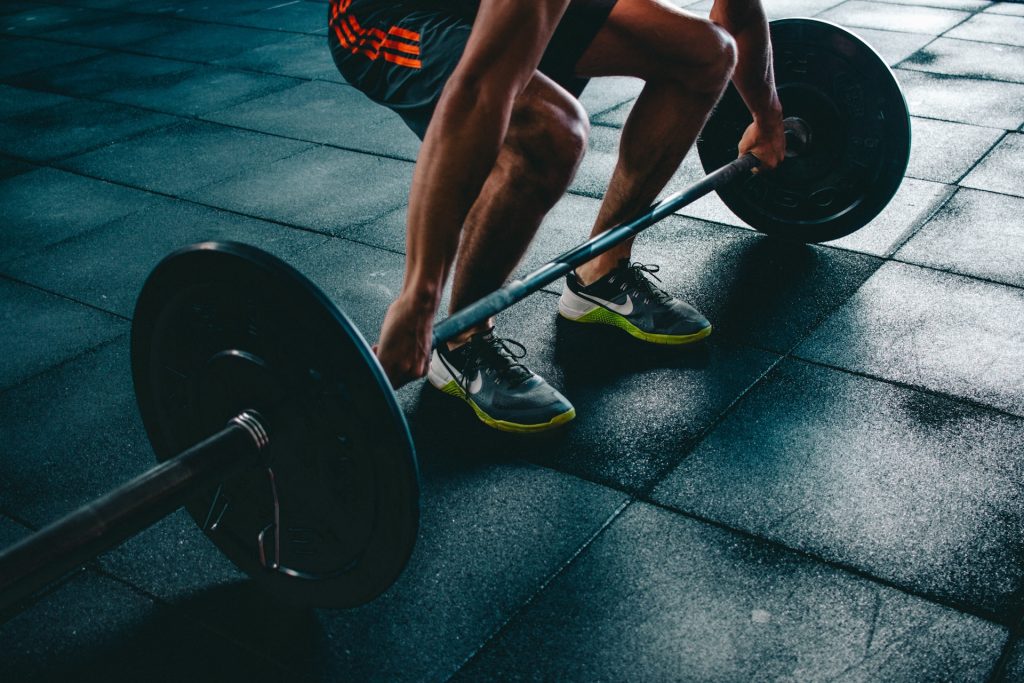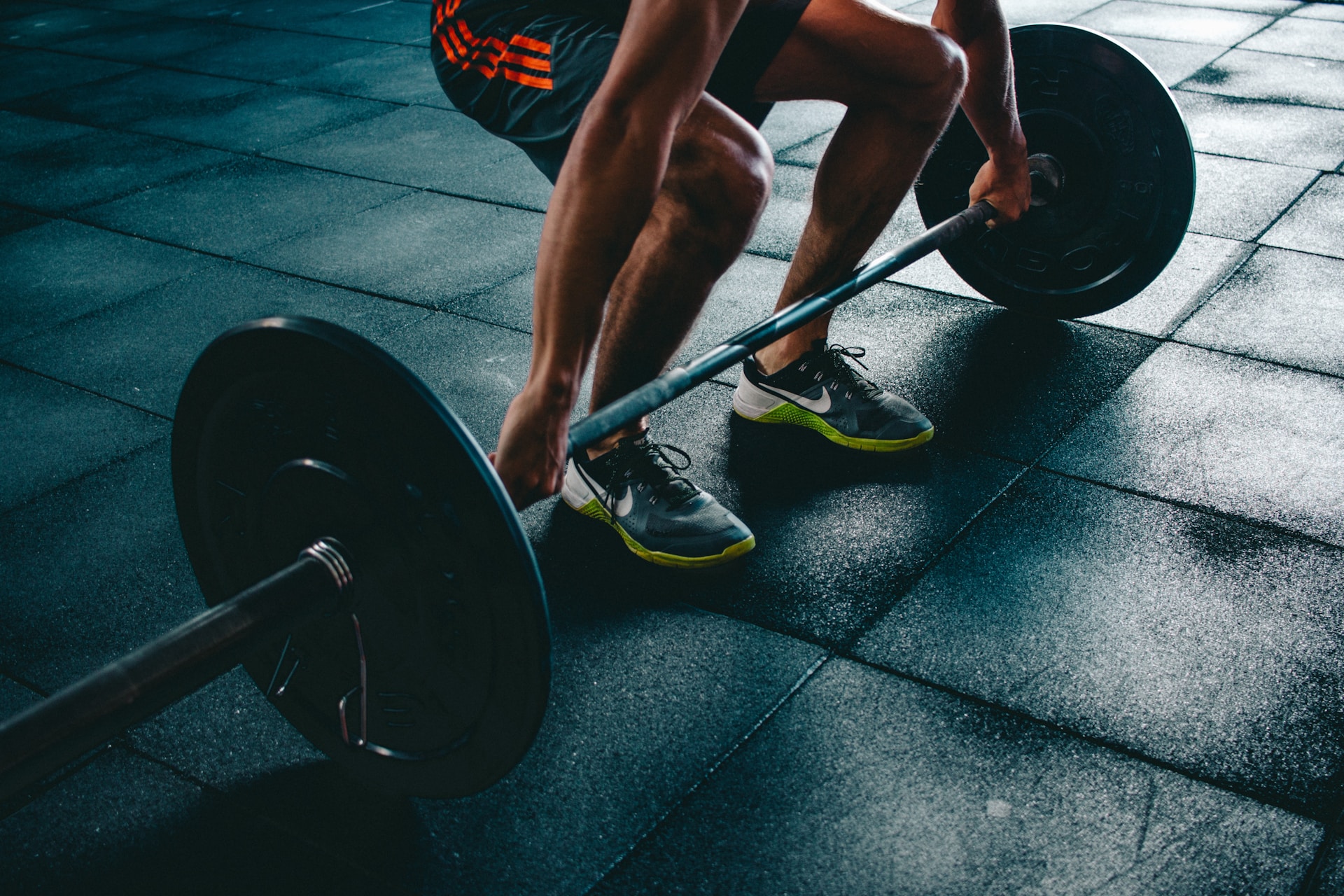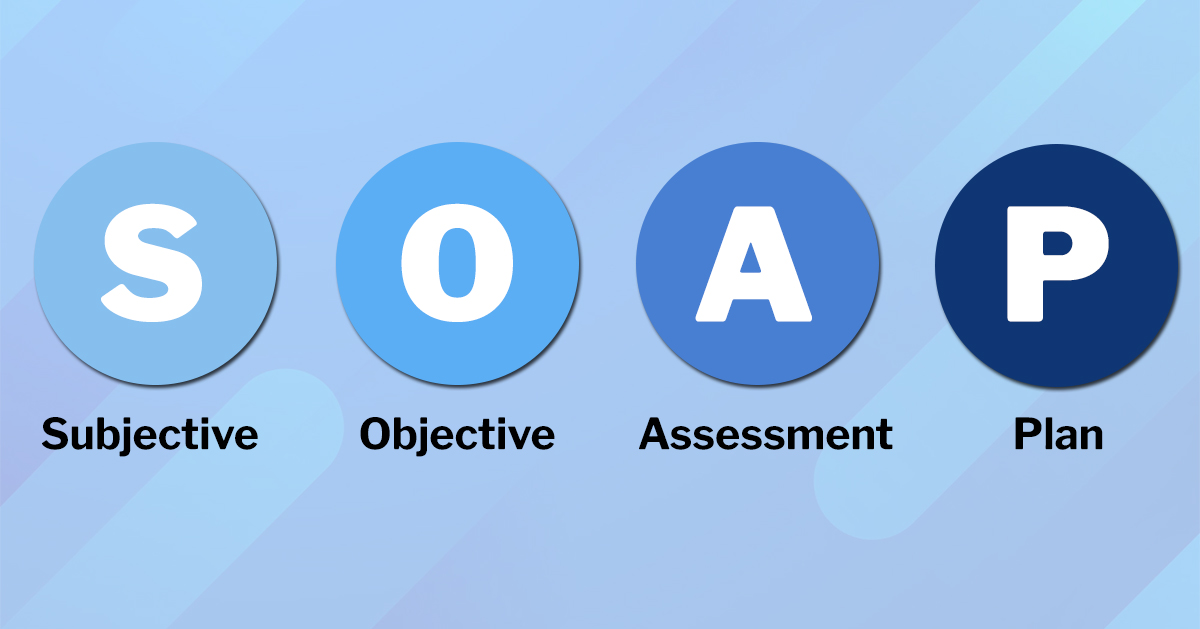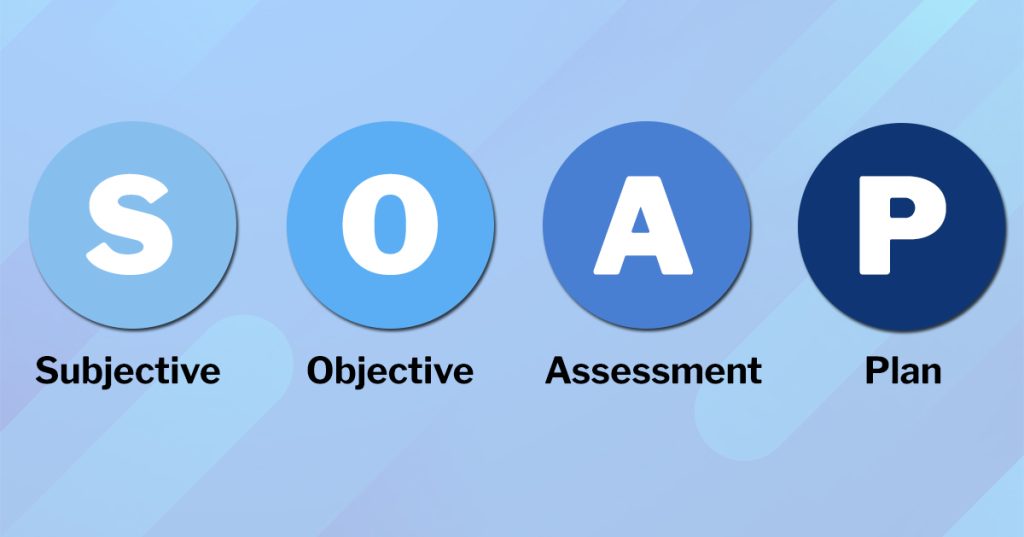Lift Ugly!
The title of this article is a quote from UK physiotherapist Adam Meakins. The context is that one does not need to exhibit or use “proper exercise technique” constantly throughout daily life or even during physical rehabilitation for pain or injury.
Now, this at first sounds counterintuitive to what the majority of fitness professionals and even physical therapists are taught and believe. The mantra of “poor exercise technique leads to injury” has been spouted for decades… but there is absolutely no proof of this in medical and fitness-related academic research.

Yep, your absolute most favorite go-to coaching point as a FitPro is pretty much bunk. So, do we throw the baby out with the bathwater and let our clients lift just however they please? No, not exactly, context is king.
If you are working with an athlete, which includes body builders, stricter exercise technique is beneficial to a high degree (esp. with physique athletes who require symmetry and maximal muscle development) but real-life sport doesn’t look anything like the gym when it comes to movements. Some variation in technique is beneficial as it will expose the athlete to forces in various, and more realistic fashions that provide greater benefits on the sport field or ring.
If you are working with general population, mostly healthy clients, “proper” exercise technique should honestly not be force fed initially, as this can be both physically uncomfortable for the client as well as demotivating if they’re “still not able to keep the back flat on a deadlift.” Find whatever movement pattern is natural for them and coach from there.
I used to be a hardcore stickler for technique, now, not so much. Instead, I coach my patients to lift in a manner that “feels stable, safe, and powerful” for THEM. The result? Better client engagement, better client results, and far less stress on them and yourself during the coaching session.
Now what about medical fitness and physical therapy? While strict joint actions may be required during some phases of physical rehabilitation or other therapy, we must consider how a client naturally and instinctively moves and wants to move. We need to understand any fear-avoidance behaviors they might have developed previously, and we certainly want to know their beliefs about physical activity.
So, if “improper” exercise technique isn’t to blame for gym and sport injuries, then what is?
We don’t have a firm answer, but we can say with a high degree of certainty that it’s a combination of physical and mental stress, distractions, nutritional state, hydration, focus in the moment, and how well prepared the individual is for that movement they are about to engage in. Simply not getting a good night’s sleep before deadlifting the next day can potentiate an injury, but that’s not a guarantee either. Load management and recovery are far more important when it comes to injury prevention than anything else, and this is why you should be writing and logging client training plans and sessions and not winging it. Otherwise, you have no historical record with which to troubleshoot things with which will only frustrate you and your client.
I sincerely hope that I have ruffled some feathers and also have given you some food for thought. There’s a time and place for everything, including strict exercise technique, it just takes some insight and thought to determine if “this” is the appropriate context.
Reprinted with permission from the Move Well, Live Well blog.
Joshua Slone is an Exercise Physiologist and Pain Therapist. He serves as Rehab Team Lead/Physiologist at the Center for Health in Yucca Valley, CA. His clinical expertise includes chronic pain management, joint replacements, sport and orthopedic injuries, complex medical condition management, geriatrics, degenerative neurological conditions, and psychiatric disorders. Visit his website, movewelllivewell.org




